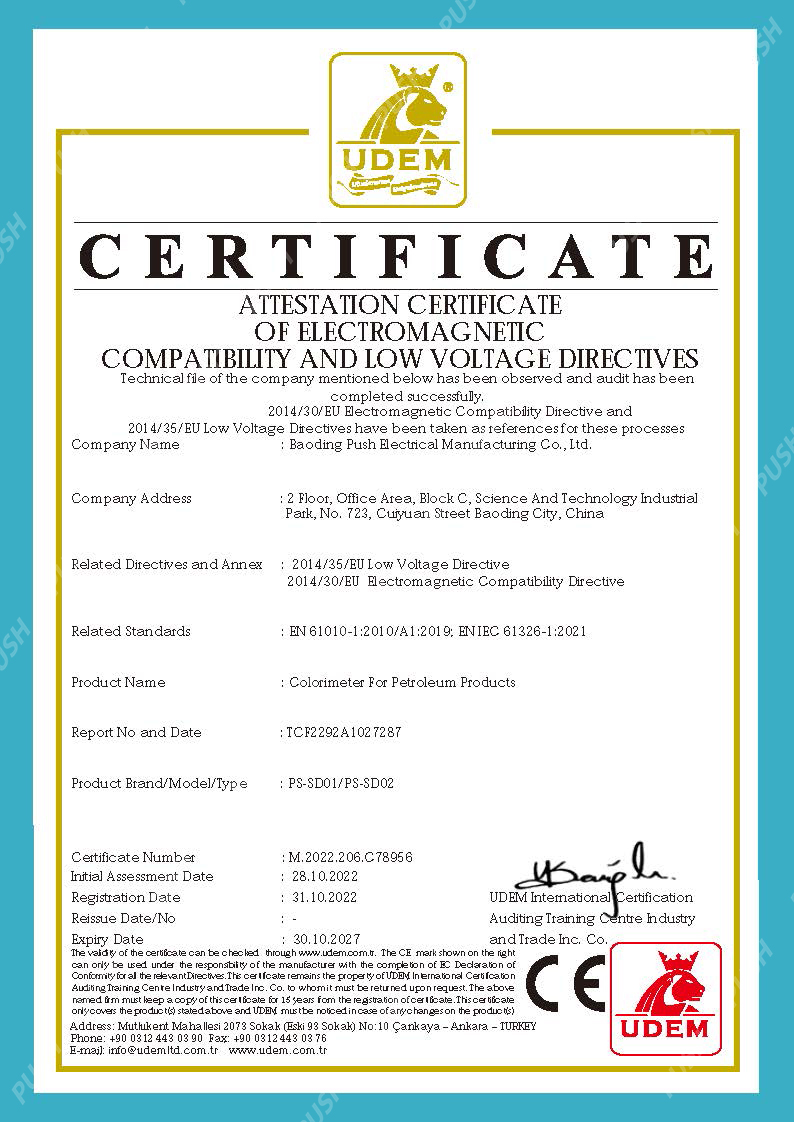 English
English



-
 Afrikaans
Afrikaans -
 Albanian
Albanian -
 Amharic
Amharic -
 Arabic
Arabic -
 Armenian
Armenian -
 Azerbaijani
Azerbaijani -
 Basque
Basque -
 Belarusian
Belarusian -
 Bengali
Bengali -
 Bosnian
Bosnian -
 Bulgarian
Bulgarian -
 Catalan
Catalan -
 Cebuano
Cebuano -
 China
China -
 China (Taiwan)
China (Taiwan) -
 Corsican
Corsican -
 Croatian
Croatian -
 Czech
Czech -
 Danish
Danish -
 Dutch
Dutch -
 English
English -
 Esperanto
Esperanto -
 Estonian
Estonian -
 Finnish
Finnish -
 French
French -
 Frisian
Frisian -
 Galician
Galician -
 Georgian
Georgian -
 German
German -
 Greek
Greek -
 Gujarati
Gujarati -
 Haitian Creole
Haitian Creole -
 hausa
hausa -
 hawaiian
hawaiian -
 Hebrew
Hebrew -
 Hindi
Hindi -
 Miao
Miao -
 Hungarian
Hungarian -
 Icelandic
Icelandic -
 igbo
igbo -
 Indonesian
Indonesian -
 irish
irish -
 Italian
Italian -
 Japanese
Japanese -
 Javanese
Javanese -
 Kannada
Kannada -
 kazakh
kazakh -
 Khmer
Khmer -
 Rwandese
Rwandese -
 Korean
Korean -
 Kurdish
Kurdish -
 Kyrgyz
Kyrgyz -
 Lao
Lao -
 Latin
Latin -
 Latvian
Latvian -
 Lithuanian
Lithuanian -
 Luxembourgish
Luxembourgish -
 Macedonian
Macedonian -
 Malgashi
Malgashi -
 Malay
Malay -
 Malayalam
Malayalam -
 Maltese
Maltese -
 Maori
Maori -
 Marathi
Marathi -
 Mongolian
Mongolian -
 Myanmar
Myanmar -
 Nepali
Nepali -
 Norwegian
Norwegian -
 Norwegian
Norwegian -
 Occitan
Occitan -
 Pashto
Pashto -
 Persian
Persian -
 Polish
Polish -
 Portuguese
Portuguese -
 Punjabi
Punjabi -
 Romanian
Romanian -
 Russian
Russian -
 Samoan
Samoan -
 Scottish Gaelic
Scottish Gaelic -
 Serbian
Serbian -
 Sesotho
Sesotho -
 Shona
Shona -
 Sindhi
Sindhi -
 Sinhala
Sinhala -
 Slovak
Slovak -
 Slovenian
Slovenian -
 Somali
Somali -
 Spanish
Spanish -
 Sundanese
Sundanese -
 Swahili
Swahili -
 Swedish
Swedish -
 Tagalog
Tagalog -
 Tajik
Tajik -
 Tamil
Tamil -
 Tatar
Tatar -
 Telugu
Telugu -
 Thai
Thai -
 Turkish
Turkish -
 Turkmen
Turkmen -
 Ukrainian
Ukrainian -
 Urdu
Urdu -
 Uighur
Uighur -
 Uzbek
Uzbek -
 Vietnamese
Vietnamese -
 Welsh
Welsh -
 Bantu
Bantu -
 Yiddish
Yiddish -
 Yoruba
Yoruba -
 Zulu
Zulu
Types of Tap-Changing Transformers Explained and Their Applications in Power Systems
Types of Tap Changing Transformers
Tap changing transformers play a crucial role in power systems by ensuring voltage regulation and system stability. These transformers can adjust their turns ratio to manage voltage levels according to varying load conditions. The ability to change the number of turns effectively enables them to maintain the desired voltage at a specific point in the power distribution network. There are primarily two types of tap changing transformers on-load tap changers (OLTC) and off-load tap changers (ULTC).
1. On-Load Tap Changers (OLTC)
On-load tap changers are designed to change taps while the transformer is energized and under load. This characteristic is essential for applications where continuous voltage regulation is necessary, such as in large power plants and substations. OLTCs are often equipped with mechanisms that allow for smooth transitions between taps to prevent voltage spikes or drops that can lead to system disturbances.
The operation of an OLTC is typically controlled by a voltage regulator, which monitors the output voltage and automatically adjusts the tap position accordingly. Most OLTCs use a motor-driven mechanism or a hydraulic system for tap changing, enabling rapid response to fluctuating load conditions. They are fundamental in maintaining voltage stability in high-capacity electrical networks, ensuring that consumers receive a consistent voltage supply.
One of the challenges of OLTCs is the wear and tear of contacts due to frequent switching, which can lead to maintenance issues and potential failures. Therefore, advanced designs often incorporate materials that enhance contact durability, and regular maintenance is essential to ensure operational reliability.
2. Off-Load Tap Changers (ULTC)
types of tap changing transformer

In contrast, off-load tap changers require the transformer to be de-energized to change taps. ULTCs are commonly used in applications where the voltage does not need to be continuously adjusted, but occasional changes are necessary, such as in distribution transformers feeding residential areas. This type of tap changer is less complex than an OLTC, making it a cost-effective solution for certain applications.
The operation of a ULTC typically involves a manual or motorized mechanism that allows an operator to select the desired tap by physically moving the connections within the transformer. While this method is simpler, it requires human intervention and does not provide real-time voltage adjustments. Consequently, ULTCs are often used in systems where load variation is minimal or predictable, allowing for periodic adjustments rather than continuous monitoring.
Advantages and Disadvantages
Both types of tap changing transformers come with their advantages and disadvantages. OLTCs are indispensable for maintaining constant voltage levels in dynamic environments, ensuring high reliability and stability in power distribution. However, their complexity and maintenance requirements can lead to higher operational costs.
On the other hand, ULTCs, while more straightforward and less expensive, lack the automated response capabilities of OLTCs. Their dependency on manual operation can be a drawback in environments where load conditions are unpredictable.
Conclusion
In conclusion, tap changing transformers are vital for effective voltage regulation in electrical systems. The choice between on-load and off-load tap changers depends on specific operational requirements and economic factors. As electrical grids evolve and incorporate more renewable energy sources, the importance of efficient voltage management through these transformers will only increase, making understanding their types and applications essential for engineers and system operators alike. By selecting the appropriate tap changing transformer, power systems can achieve enhanced stability, efficiency, and reliability, ensuring high-quality service for consumers.
-
Using Distillation Range Testers in the Food and Beverage IndustryNewsApr.16,2025
-
The Impact of IoT on Distillation Range Tester PerformanceNewsApr.16,2025
-
The Best Distillation Range Testers for Extreme ConditionsNewsApr.16,2025
-
How Distillation Range Testers Save Time and MoneyNewsApr.16,2025
-
Distillation Devices for Advanced Separation TechniquesNewsApr.16,2025
-
Common Mistakes to Avoid When Using a Distillation Range TesterNewsApr.16,2025



